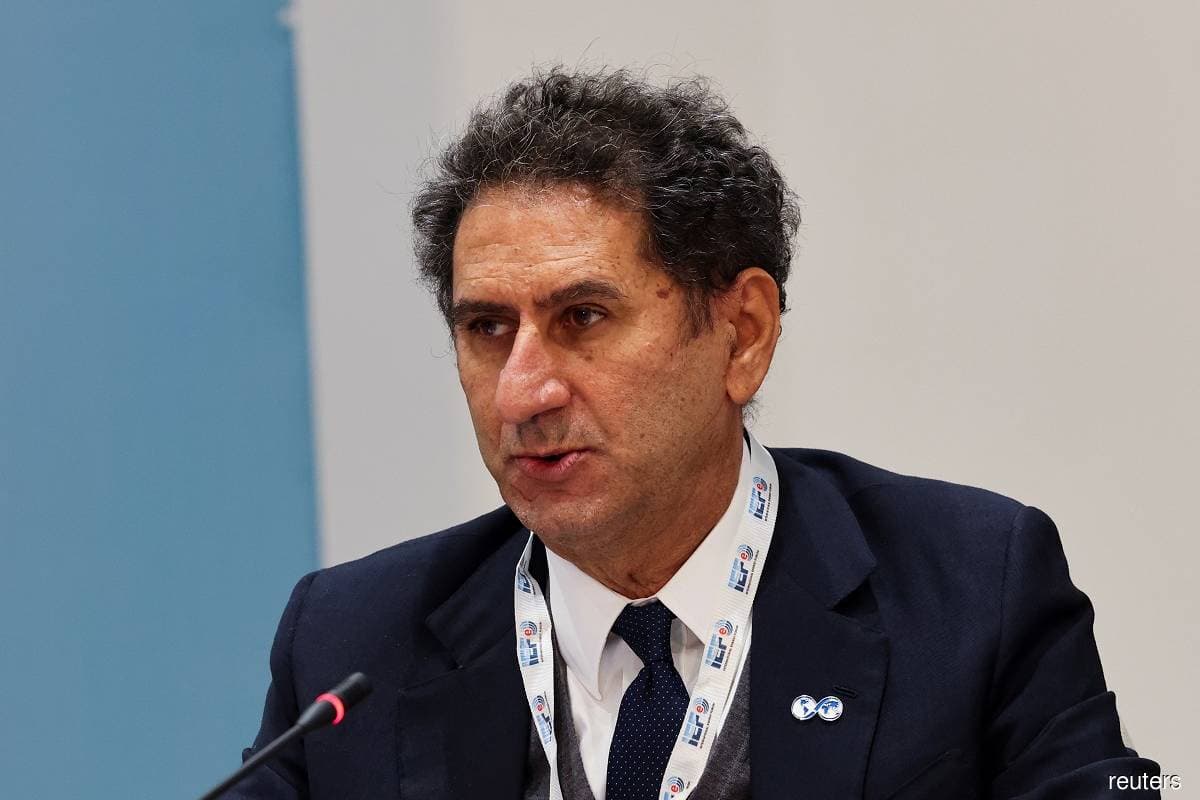
KUALA LUMPUR (March 28): Malaysia’s abundance of hydropower capacity and its hydrogen fuel sources ambition could help address intermittency or grid stability issues that loom over its energy transition pathway.
Speaking to The Edge, International Renewable Energy Agency (Irena) director general Francesco La Camera said Malaysia’s hydrogen ambition is a step in the right direction as it plays several roles in the renewable energy (RE) push.
This includes hydrogen serving as a seasonal storage, like fuel, and to support heavy industries where other RE sources are at a disadvantage, La Camera said.
“When you work with the heavy industries, you need very good heat generation capacity. So you need hydrogen, which as a gas could reach the needed temperature. This cannot be done by renewables," he said.
Malaysia identified hydrogen fuel cells as a priority research area in 2021, although it is still in the process of developing a comprehensive roadmap for the hydrogen economy.
National oil and gas company Petroliam Nasional Bhd (Petronas) has formed multiple partnerships to accelerate hydrogen production and transportation, while Sarawak is also exploring hydrogen use being at the centre of natural gas and hydropower generation space.
As the country looks to expand its RE generation, more hydropower projects are also coming up, including small hydro and run-of-river projects in states like Sabah and Perak.
For hydro, the recently launched Irena Malaysia Energy Transition Outlook report estimates an increase of more than 50% to 9.4 gigawatt (GW) by 2030, from 6.1GW currently.
“Malaysia is lucky to have a big share of hydropower,” La Camera said. “Hydropower is a concept of the battery itself… as it stores [potential] energy and you can use it in the night to produce electricity. You can balance the system,” he said.
As Peninsular Malaysia turning into energy importer, battery storage to support solar adoption
Interestingly, despite the abundant RE capacity, Irena forecasts Malaysia — particularly the peninsula — to be a net electricity importer come 2050 as electricity demand doubles from current levels.
This was as opposed to East Malaysia’s net exporter position with high hydro resources potential at 26GW seen to exceed peak demand, with the bulk of the excess coming from Sabah.
For Peninsular Malaysia, its high reserve margin — excess power generation capacity relative to peak demand — of circa 40% is expected to drop to 24% by 2030, according to Energy Commission data, versus the optimum level of 15%.
As demand grows, Irena sees the peninsula potentially importing electricity from Sumatra, Indonesia, from 2030 onwards.
That said, Peninsular Malaysia still has an opportunity to capture large parts of the transition value chain with 157GW of solar energy resources potential.
Amid the intermittency drawback from this RE generation, Irena sees power storage facilities becoming operational in 2030-2035 and reaching large-scale cost effectiveness from 2040 onwards.
La Camera pointed to minerals and rare earth used in batteries, which he said are recyclable by up to 90% and whose costs have decreased dramatically over the years.
Once total battery capacity reaches a certain size globally, they can feed themselves for a long time in a circular economy, he opined.
Rare earth minerals are also used for the existing energy systems, La Camera said. With decreased demand for the minerals in the existing system, it should be able to partly support the increased demand in new systems, he added.
“Naturally, you have a lot of minerals involved. It is a question of putting the right policies on mining [and recycling] activities and decentralising the supply of these minerals.
“The three systems (hydropower, hydrogen and battery storage) will be playing the role in balancing the RE system. There are evolving technologies, batteries that use less minerals with new storage methods," he added.